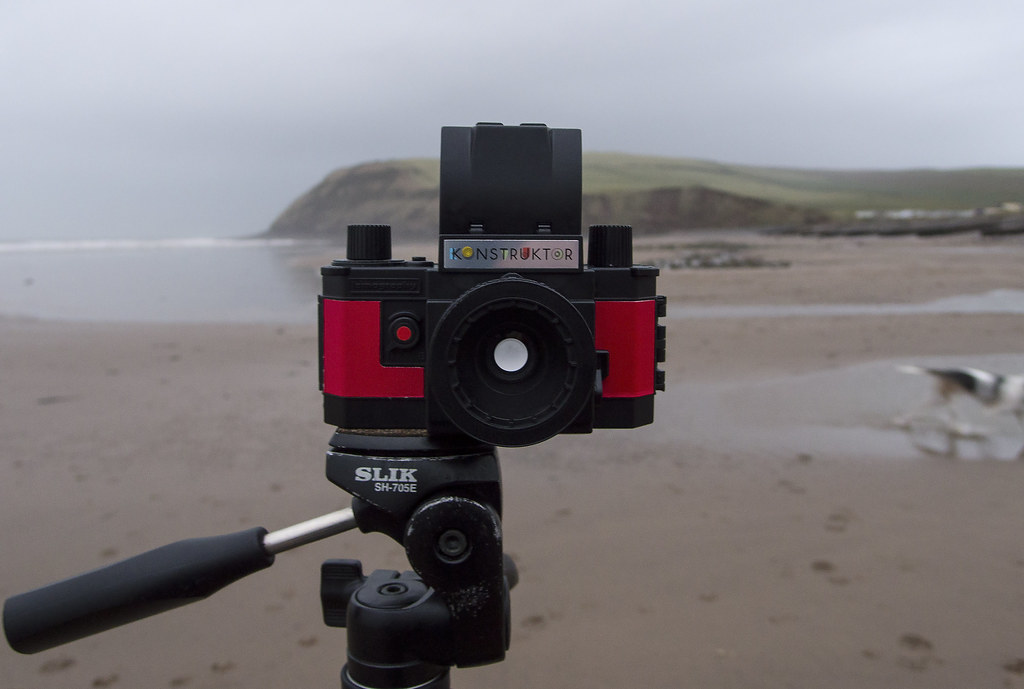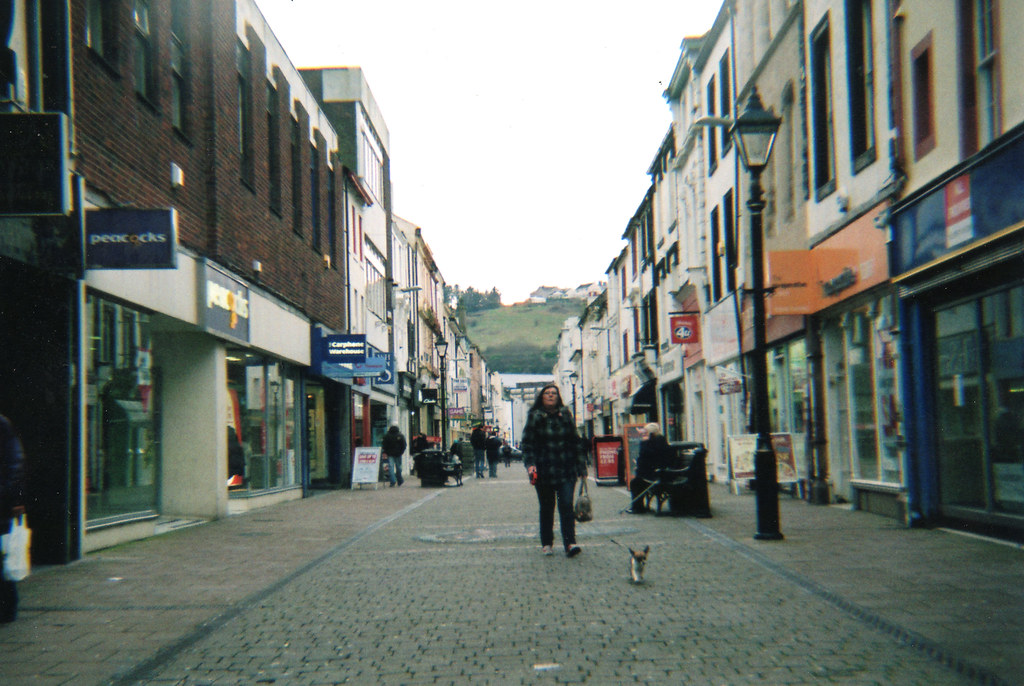For exposure control you match the film to suit the lighting conditions and the fixed shutter speed of the camera, and hope the lighting conditions stay consistent each time you're out with the camera! For colour film, as a rough starting point, perhaps try 100 ISO for sunny bright weather, 200 ISO for bright/spring autumn days, 400 ISO for overcast days, 800 ISO for dull days (but the higher the ISO of the film the more chance you have of detecting light leaks!). However, there may be advice in the instructions that contradicts this, as it depends on the lens aperture and shutter speed, in which case I'd go with what (if anything) is suggested. Keep some simple notes about what you've done and learn from any mistakes. Also, watch for camera shake, as this is likely to occur if the shutter has a fairly slow speed (below 1/125th of a second) - this can often be mistaken for poor lens sharpness.
For black and white consider trying Ilford XP2 400, which has a wide exposure latitude meaning you can shoot it at 200 ISO in sunny conditions and 400 ISO in duller ones, on the same roll of film without changing the development time. It's also a C41 colour process film, so the same price to develop as standard C41 colour print film. Hope this is useful.




 Konstruktor 1
Konstruktor 1 Konstruktor-roll-1001
Konstruktor-roll-1001
